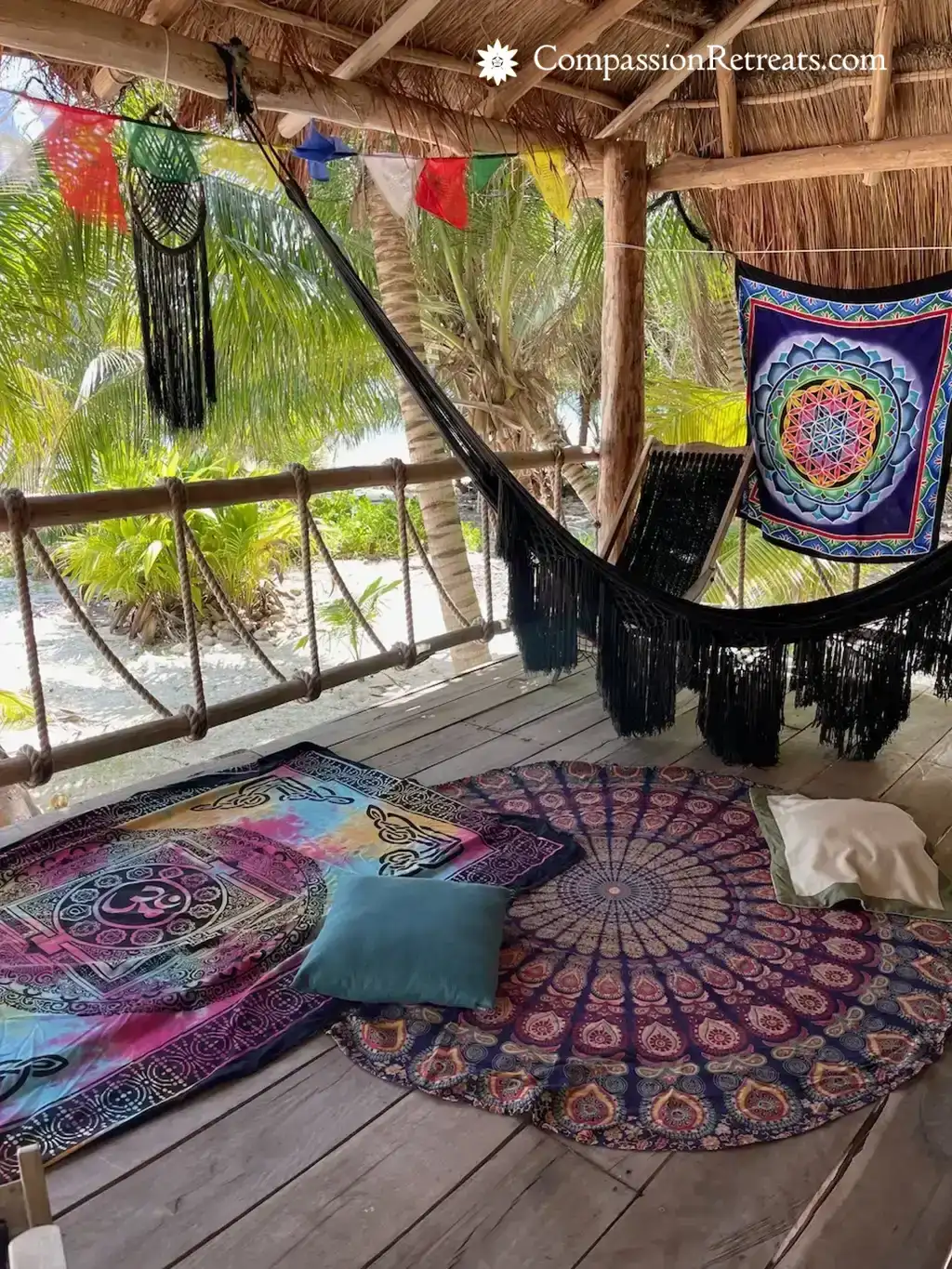Part 3: The Psychedelic Catalyst in Transpersonal Work
In our previous posts, we introduced Transpersonal Psychology and met its pioneering thinkers. Now, we explore a crucial element that was instrumental in the birth of this field: psychedelics.
The Inextricable Link: How Psychedelics Sparked a New Psychology
The relationship between transpersonal psychology and psychedelics isn't just a casual one; it's foundational. While thinkers like James and Jung laid the philosophical groundwork, it was the direct, empirical data from early psychedelic research that truly catalyzed the field's emergence in the 1960s.
Psychedelics provided a powerful tool to systematically explore the very peak experiences, mystical states, and non-ordinary states of consciousness that pioneers like Abraham Maslow knew were central to human growth. This research offered a direct challenge to the psychological models of the time. Psychoanalysis often viewed these profound experiences as pathological, while behaviorism had no way to account for inner states at all.
The clinical research of Stanislav Grof and others provided undeniable evidence that the "transpersonal realms" were not just theories but experientially real domains of the human psyche. This gave the founders of transpersonal psychology the confidence to create a new, more inclusive "fourth force." The journey of psychedelics—from respected research tools to counter-culture symbols and now back to a "psychedelic renaissance"—mirrors the journey of transpersonal psychology itself.

The Modern Retreat as a Therapeutic Container
The rise of the private, personalized psychedelic retreat is a modern expression of decades of transpersonal theory and practice. These retreats are highly structured attempts to perfect the crucial principle of "set and setting"—the idea that the quality of a psychedelic experience is profoundly shaped by your mindset (set) and your environment (setting).
Far from being just a place to take a substance, these retreats are sophisticated "therapeutic containers" designed to maximize healing and growth while minimizing risk. At Compassion Retreats, creating this safe and supportive container is the cornerstone of our work.
Leading retreats often integrate a transpersonal framework with complementary healing methods, such as:
- Depth Psychology: To explore the unconscious material that psychedelics can bring to the surface, similar to Assagioli's work with subpersonalities.
- Somatic Therapy: To help process the intense physical and emotional releases that are a hallmark of deep psychedelic work, as mapped by Grof.
- Mindfulness and Meditation: Used in preparation to set a calm intention and in integration to ground the insights into daily life.
- Nature Immersion: Leveraging the powerful synergy between nature and psychedelic states to enhance feelings of awe and connectedness.
The role of the guide or facilitator is central. They are responsible for ensuring your safety, providing psychoeducation, and "holding the space" for your journey to unfold. The retreat provides a temporary, curated culture that helps you make sense of profound experiences, validating your "inner healing intelligence" as the true guide.

Analyzing the Effectiveness: How Change Happens
The effectiveness of this approach is increasingly supported by both clinical research and reports from retreat settings. Participants often experience significant and lasting emotional breakthroughs, resolution of personal obstacles, and positive changes in their outlook on life. A meta-analysis of nine clinical trials for psilocybin-assisted therapy for depression, for example, found a large effect size, with a 57% response rate and a 45% remission rate in the psilocybin group.
The psychological mechanisms driving these outcomes align perfectly with core transpersonal concepts:
- Ego Dissolution: A temporary quieting of the brain's Default Mode Network (DMN), which is tied to our sense of self. This allows a break from rigid, ruminative thinking and offers a new, broader perspective.
- Mystical-Type Experiences: Profound feelings of unity, sacredness, and transcendence of time and space. The intensity of these experiences, which can be measured with tools like the Mystical Experience Questionnaire (MEQ-30), consistently correlates with positive, long-term therapeutic outcomes.
- Emotional Catharsis: The powerful release of repressed emotions and psychological material, allowing for processing and integration in a way that talk therapy sometimes cannot achieve.
Crucially, all these frameworks agree: the psychedelic session is just the catalyst. The most vital work is integration—the conscious process of weaving the insights and lessons from the non-ordinary state back into the fabric of your everyday life. This dedicated work transforms a temporary "altered state" into a lasting "altered trait." Without a strong emphasis on integration, like the support we provide in our spiritual retreats in Tulum, the profound potential of the experience may remain unrealized.
Sources for this article
- The Varieties of Religious Experience by William James
- What is Transpersonal Psychology? | Meridian University
- Stanislav Grof - Wikipedia
- Psychedelic-assisted therapy: An overview for the internist
- The therapeutic alliance between study participants and intervention...
- The Interconnection of Psychedelic Spirituality, Social Justice, and BIPOC Therapist Engagement...
- Psychosynthesis as a psycho-spiritual framework for challenging psychedelic experiences
- Bringing MDMA-assisted therapy for PTSD to traditional healthcare systems...
- Psychedelic-assisted therapy for mental health... - UK Parliament






